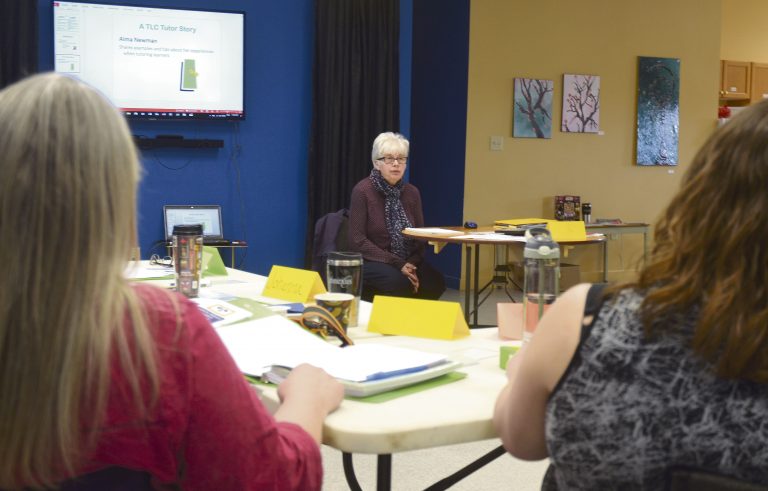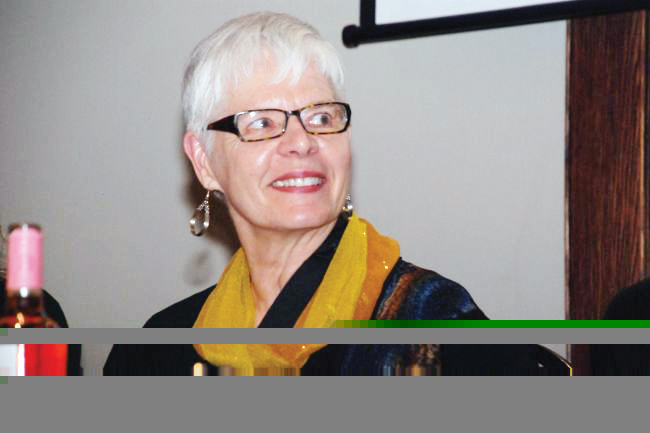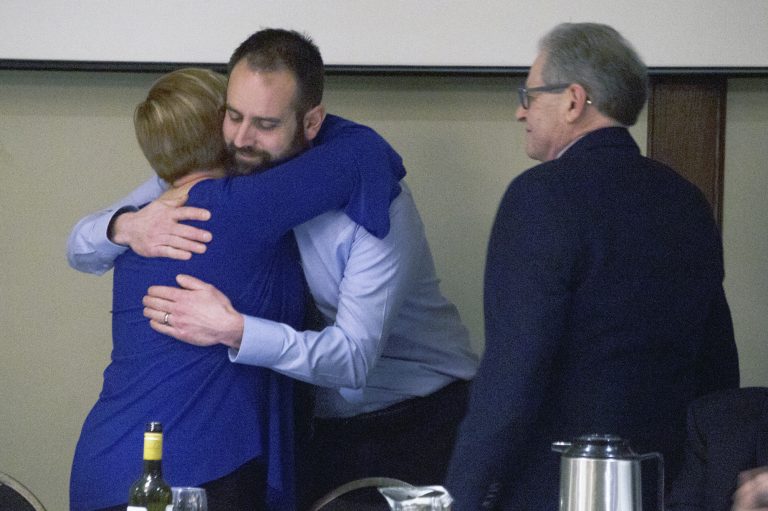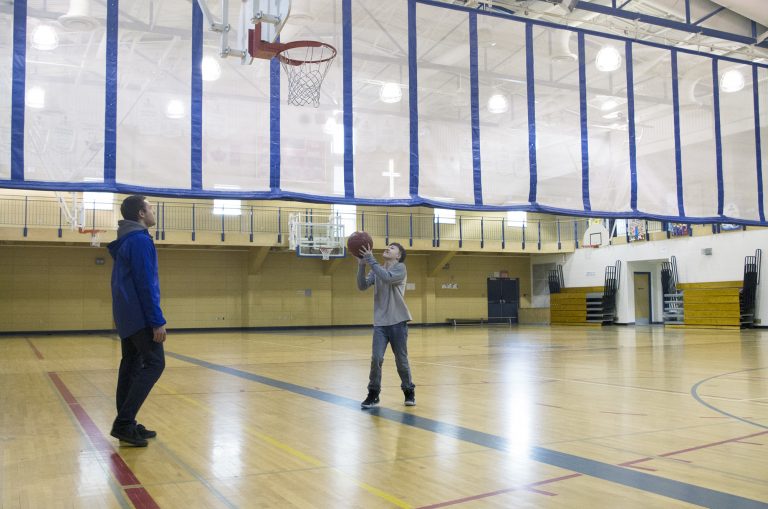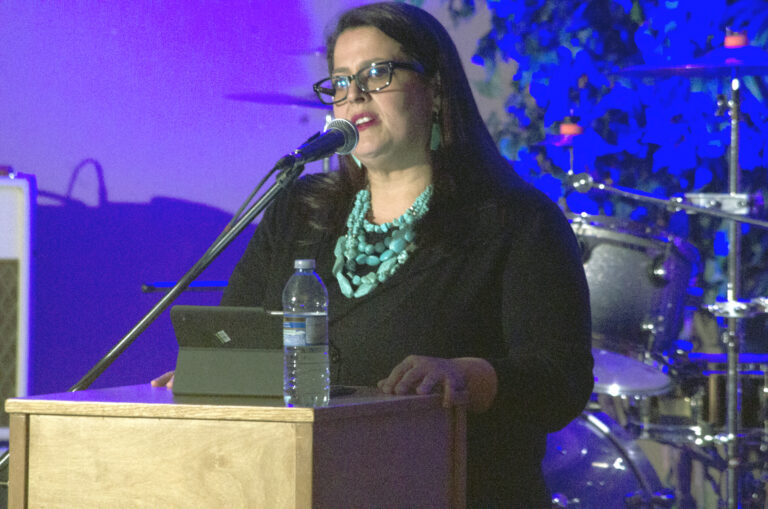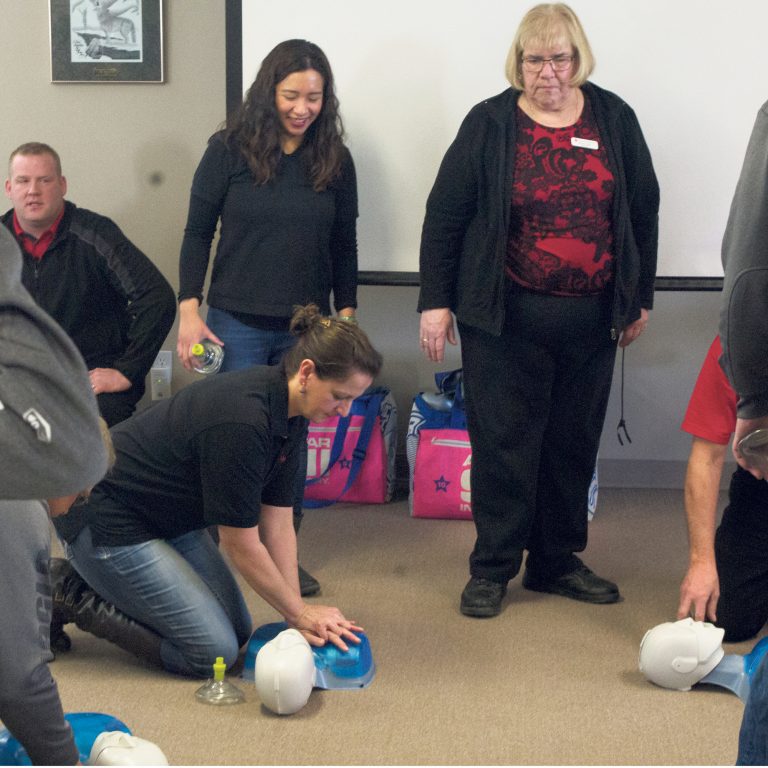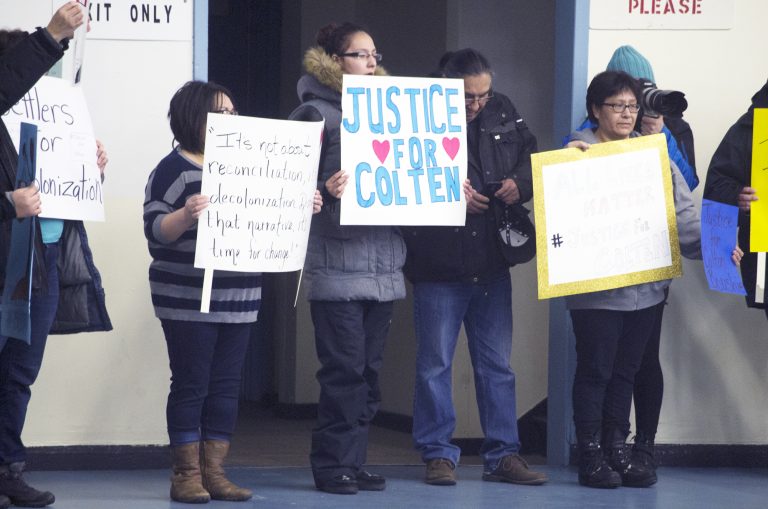Author and law professor Tracey Lindberg has led a whirlwind life since moving away from Saskatchewan. The former Prince Albert resident obtained a masters degree at Harvard and a doctorate at the University of Ottawa, where she currently holds the university’s research chair in Indigenous Laws and Legal orders. Her first piece of fiction, titled Birdie: A Novel was a Canada Reads selection in 2016.
Lindberg gave the Keynote address at the Prince Albert Arts Board’s “Parts for the Arts” symposium on Feb. 10. After her speech, she sat down with the Daily Herald to talk about her love for Prince Albert, the importance of libraries, and the future of reconciliation following the verdict in the Gerald Stanley trial.
[In your speech, you used the phrase “stories are the new territory now.” Can you explain what you mean by that?]
I’m paraphrasing Cherie Dimaline, who is a Métis author who does amazing stuff. What she said is, “stories create the worlds that we should be allowed to live in.” Stories are the territory of people who have been removed from their own land, so that is the place that we count as our homeland.
[You also talked a bit about the importance of libraries, not just in your life, but for societies. Can you explain a little bit about that?]
I said that libraries are banks for words, where you actually get to take out a maximum every week (chuckles). I think libraries have been the place where, if I hadn’t been going to them every week I would not be such an avid reader. If I hadn’t been such an avid reader, I would not be such a prolific writer, and if I hadn’t been writing, I wouldn’t have got into law school.
Libraries allow us the possibility of free education, and a well funded library program supports kids, supports students, supports seniors, supports community members in their access to ideas that they could not imagine in their life and it allows us bigger imaginations. I think that if we are to talk about arts and libraries, they go hand in hand because they both serve a public purpose in educating people, serving as different onramps to understanding.
[You said you wanted to write a book that wasn’t on your bookshelf when you needed it as a teenage. How happy are you to see that book in schools across the country through Canada Reads?]
I did not win, but it’s actually a beautiful story. Bruce Poon Tip, who defended the book, the day after we were voted off, sent me a text and it just said, “bam, how do you like that?” I didn’t know what he was referring to, and then somebody wrote to me and said, “Bruce just donated 10,000 copies to schools across Canada.
The excitement that I have is that 10,000 teachers have access to it who would never have heard about Bernice (the main character) before, and might not have been able to have the conversation about unhealthy homes and the potential for unhealthy futures in adulthood.
I’ve said repeatedly that I wrote the book that I wished I’d found on the shelf. As I get older and the book ages with me, I sometimes wish the book was science fiction and that people would look at it and say, “that’s unbelievable.” There’s a part of me that wants us to not have to have a conversation about this like it’s real.
[There are a lot of references to Saskatchewan and Prince Albert in your book. How did growing up here influence your writing?]
There are pieces of longing related to the geography that I think come through in the writing. They were intentional sometimes, and just showed up because I feel such a connection to this territory. There’s a real love for the land.
There’s a piece within the book that talks about a tree that’s growing in four different parts o f the world, and one of them is near Montreal Lake. It’s the Tree of Life, and it talks about how people are treating this tree with disrespect, and metaphorically that can seem like quite a damning thing, but what I’m hoping to signal is that the relationship that Indigenous and non-Indigenous peoples from these people have with the land is so exceptionally important that we have to give that care.
I have a real love for Prince Albert and I know that it’s commonplace in some communities or some places to slag P.A. or to speak unkindly about it. I feel about it in a way that I feel about Hamilton, Ont. There are beautiful stories that take place here. There are elements, of course, that are unattractive because you’re right on that space between urban and rural, you’re right on that space between Indigenous territoriality and settlers. There are a lot of jagged edges here, but some of the most beautiful stories that I know were stories that were told because of those jagged edges.
[It’s been an emotional last few days in Saskatchewan with the Gerald Stanley trial. What role does the arts have to play in reconciliation?]
There are a couple of pieces in that question that I’d half to unpack. The first is that the law is just one way of telling a story, and I think that many people, Indigenous and non-Indigenous people, would say the way that story was not a true one. I think that’s the pain part of it: the stuff that is beautiful and amazing about Colten Boushie. What it would look like to lose that person? What does it feel like to them, never being able to have that voice? I think that’s one place where the arts can come in and tell a story where the Canadian legal system can’t, because it tells a specific story in a specific way and amplifies specific voices.
Oral traditions, oral storytelling, this is going to live on forever, and there’s an awfulness about that that forms part of that historic legacy, but there’s also something about the way the family is rising up and refusing to be silenced. Their calling for action is another way to create an alternate story to that which the law created.
[In terms of reconciliation and the arts, what do you think the future holds?]
I’m having quite a difficult time with the word reconciliation and the concept of reconciliation, particularity on the day after the Gerald Stanley decision came down. We have to reconcile ourselves to the idea that if you’re an Indigenous person, there is no justice for you. How would you reconcile what happened in that court room in a peaceful, healthy, loving Canada? I don’t know that I see that as possible.
What I see in terms of arts being able to build bridges, being able to honour and bring families and relatives together, that’s an important gap that can be filled.
I’m not so certain that any of us are ready to have those difficult conversations about the fact that Colten Boushie was a ceremony participant, or the fact that his family is following the laws of their nation, to be able to be respectful and also to be active and supportive and loving, that there’s an entire system that is not being address.
I don’t know how we’re going to reconcile any of those things without acknowledging them to be true. If you look at any of the comments online, if you look at any of the social media, the idea of reconciliation being something that we can equally participate in, it’s not something that people are approaching with the same power bases or history or understanding.
There is a segment of the population, and it’s not just in Saskatchewan or North Battleford, where I’m not certain that you could reconcile with because you’d never consider them a relative. Until you can say Colten Boushie is part of my family, I’m not sure that reconciliation can occur. I hate to be cynical about it. I want to be a person who talks lovingly about it, but the explosive nature of the commentary that’s coming out and anti-Indigenous sentiment, to me, I don’t know that can be reconciled.
I think that the way we can have these conversations can be informed by the arts, but it also has to be accompanied by a healthy dollop of and respect for Indigenous laws and Indigenous protocols and understandings. That stuff, traditionally, has been introduced into the Canadian mindset through the arts. The way people find their onramp to understanding Indigenous people has often been through artistry, through story, song, paintings. People are more prone to or better able to understand ourselves as equals if that’s the onramp they take.

